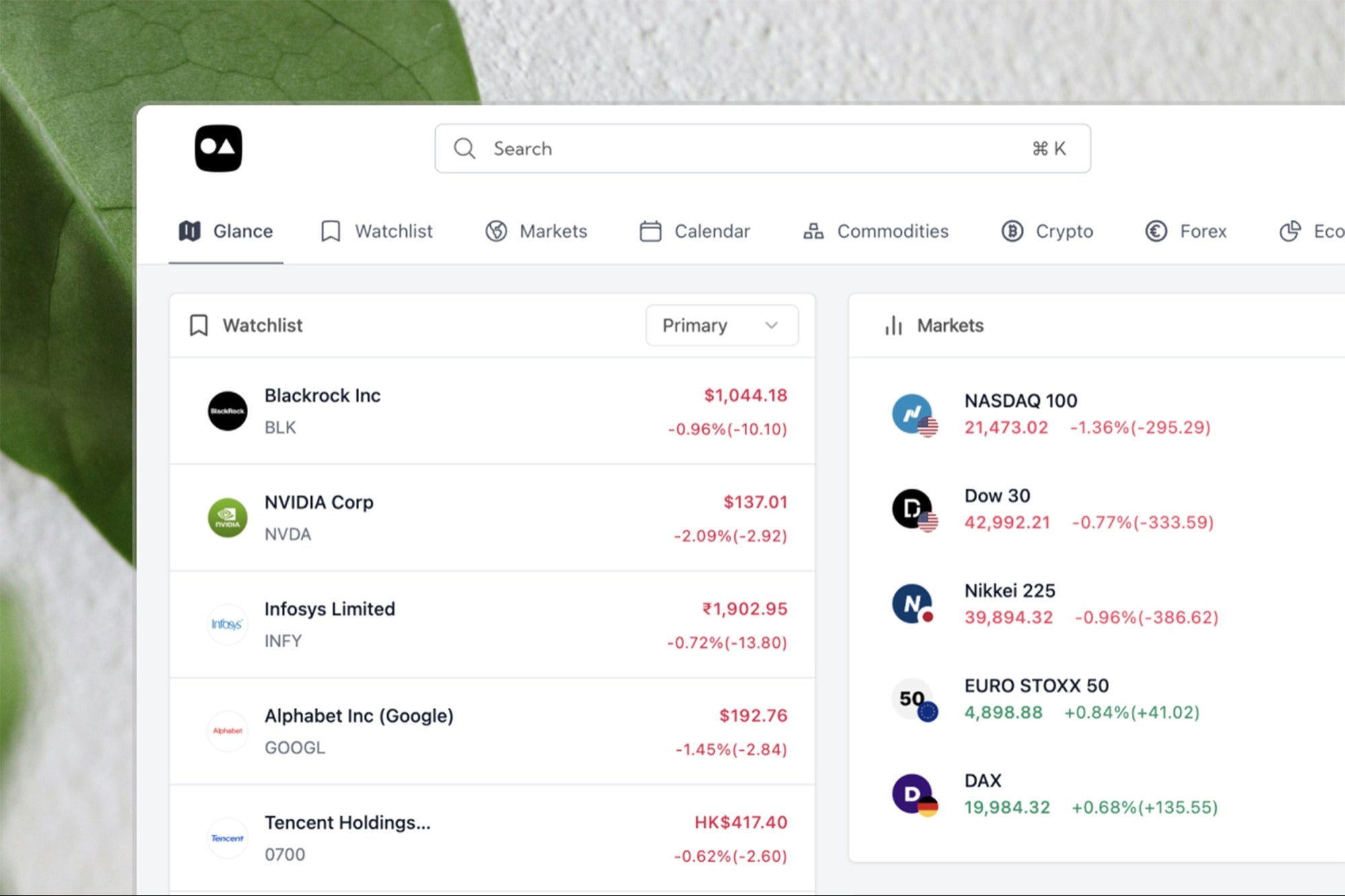The 2 Psychological Factors Motivating Customers to Buy It's helpful to understand the logic behind buyers -- especially when it comes to what's stopping them from a purchase.
By Jeff Shore Edited by Dan Bova
Opinions expressed by BIZ Experiences contributors are their own.
If you work in sales (that is all of us in some way, right?), it is helpful to understand the psychology behind how buyers make their buying decisions. Start with these three steps:
1. Current dissatisfaction. Every purchase decision (every decision, no exceptions) begins with a buyer's current dissatisfaction. Feeling dissatisfied with something automatically makes a person a buyer.
As soon as that dissatisfaction sets in, buyers begin looking for a way to right the wrong. As a sales person, it becomes your job to discover that "wrong" and lead buyers toward the new "right."
Current dissatisfaction serves as the primary motivating factor. The greater the dissatisfaction, the higher the urgency.
Related: 25 Books on Persuasion, Influence and Understanding Human Behavior
Start with this simple but critically important question if you want to understand how buyers make a buying decision: What is the pain?
You can find the answer by asking one of these simple questions:
- "What motivated you to start shopping in the first place?"
- "What is not working in your current situation?"
- "What made you begin thinking that you need to make a change?"
2. Future promise. With a well-defined idea of what is wrong in your buyer's world, focus next on what "right" looks like. Future promise is the mental picture buyers carry around in their heads that helps to move them forward.
When you clearly establish a buyer's current dissatisfaction and future promise, you create a fantastic recipe for buyer motivation. Define a buyer's future promise using questions such as these:
- "What are some of the must-have's on your list?"
- "What does "right' look like to you?"
- "How do you define your ideal future state?"
Related: The 5 Questions That Will Close the Deal
3. Cost and fear. Current dissatisfaction and future promise both serve to motivate buyers. On the other side of the scale, we find the inhibiting factors of cost and fear.
In this category, buyers focus on price, perception of value, fear of a bad buying decision, negative past experiences, market conditions and anything else that holds them back from a buying decision.
Discover the specifics of a buyer's cost and fear inhibitions by asking things such as this:
- "What is holding you back from buying?"
- "When you think about this decision, what is your number-one concern?"
- "What stresses you out when you think about buying?"
Everyone fits the formula. As unique as buyers are, buying decisions ultimately come down to the same formula. Buyers buy when:
Current Dissatisfaction x Future Promise > Cost + Fear
When buyers delay a buying decision, you can move them forward with this formula. Either their current dissatisfaction and/or future promise is too low or their cost and/or fear is too high. Focus your sales presentation on maximizing current dissatisfaction and future promise while simultaneously minimizing cost and fear.
With the equation in your favor, you get your sale, your buyers improve their lives and you get to change their world!











